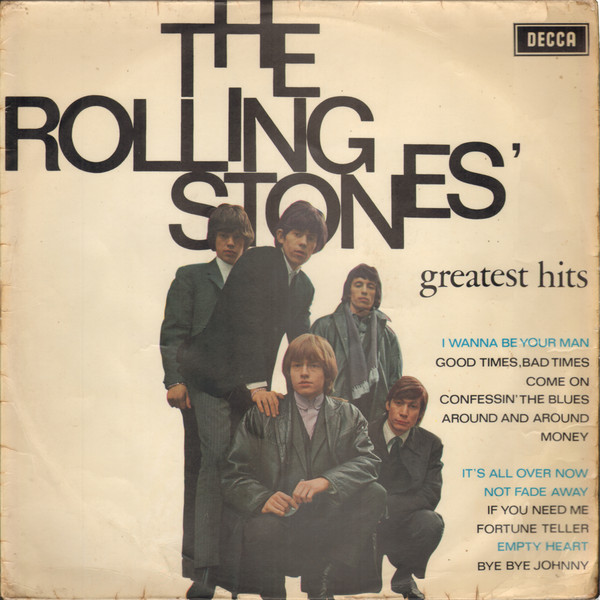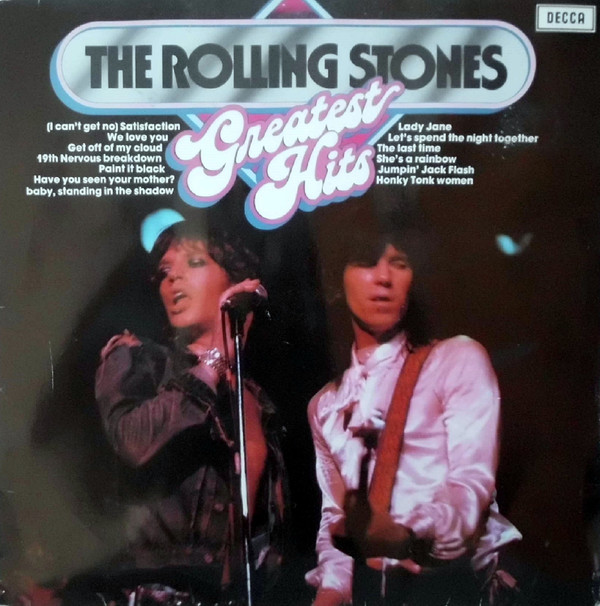Five "Greatest hits" best practices
December 12, 2018 in tags by Dan Gravell

I like to think of myself as not being the biggest fan of "Greatest Hits" (or "Best of") albums, but they seem to fill an input function in a lot of people's libraries, mine (and my family's) included.
In this article I'm considering single-artist "Greatest Hits" albums; there are also similar releases for record labels, or for particular eras or timespans for which some of these rules also generally apply, but the more common case of a popular artist releasing an album of "Greatest Hits" is the one I consider here.
Organising "Greatest Hits" albums can be broken down into a number of areas and practices. I'll number each one.
1. Keep it together
Probably the most important of all the practices here is that the tracks that make up the album should have consistent ALBUM and ALBUM ARTIST tags. For most (see below) music players, that is at least enough to ensure the album is kept whole and is the best compromise across a majority of music players to ensure a cohesive library.
There are caveats to that; a big one being iTunes which in past versions does not always interpret the ALBUM ARTIST field and, in the event of different ARTIST fields for different tracks (which does happen on "Greatest Hits" albums for collaborations) the album may be split.
Newer versions of iTunes do support ALBUM ARTIST however, so generally speaking it's a safe option now. That said, some music players still don't support ALBUM ARTIST, so the "split album" problem can still be encountered; I wrote up some strategies to deal with that.
2. Ensure accuracy
Over time, particularly for artists who are no longer creatively active, control of the publishing rights of their recordings can pass from publisher to publisher. The result is often many so-called "Greatest Hits" albums.
These albums can often be released with the same track listing but with completely different album titles, artwork and more. Therefore, to ensure the album is accurately catalogued the album title must be the full title as released, to avoid confusion with other releases.
Also consider ensuring the COUNTRY and YEAR of release are completed; it's not unknown to have country specific "Greatest Hits" releases.
3. All files should share a parent folder
Typically, with any other album, all files for tracks in the album should share the same parent folder.
The same rule applies to "Greatest Hits" releases. Slightly more common amongst Greatest Hits are multi disc releases. In these cases the tracks should typically be sorted by disc, either by splitting each disc into a separate folder or with a preceeding numeric value identifying the sequence in the media list.
So either:
Bruce Springsteen/
Greatest Hits/
Disc 1/
01-Born to Run.flac
02-Thunder Road.flac
...
Disc 2/
01-Missing.flac
...
Or:
Bruce Springsteen/
Greatest Hits/
1.01-Born to Run.flac
1.02-Thunder Road.flac
...
2.01-Missing.flac
Some collectors keep compilations (we'll come onto that in a minute) separate to other albums. For "Greatest Hits" with a discernible album artist, I don't recommend that; it's most likely you want to locate the release using via the artist.
4. Keep the artwork canonical
Cover art remains one of the easiest ways to find the music you want to play; it's easier for your brain and eyes to pattern-match a picture than purposefully read some text.
As I described in practice 2, publishers often release "Greatest Hits" compilations from an artists' back catalogue after securing the artists' publishing rights.
Even though the resulting compilations can sometimes even have identical track lists, and possibly identical titles, they are regarded as separate releases, and therefore may have different metadata elsewhere.
Probably the most obvious example to a library user is the cover art. Discogs records nine different The Rolling Stones compilations with the name Greatest Hits or a close variation, but these are most definitely different releases:


Same title, different release!
5. Beware the COMPILATION field
There is a specific field that can be used for compilations. Now, to many people a "Greatest Hits" album is a compilation, however given my general recommendation for tagging minimalism it's worth describing the genesis of the field a little, to see if it can be avoided.
The COMPILATION field was originally used by iTunes to clearly delineate compilation albums in the iTunes album list, and (as described above) also avoid splitting of albums by differing track artists. It's the first reason that can have a bad effect; if you set COMPILATION then you should also set ALBUM ARTIST otherwise you risk an artist's compilations not showing under their work.
Broadly speaking you're probably ok, but just in case...
Thanks to Artificial Photography for the image above.

